I’m taking a bit of time this Thursday to talk about mind maps, mindmaps, particularly the two I use most often, the impact map, and the strategy map. This short article serves as support material for the meetup taking place this Thursday the 16th at 2pm.
The video
Why I use these tools
- One of the rare tools whose electronic use has worked well for a long time. It engages our sense of precision with words, as well as our more global vision, and our more intuitive approach with shapes and colors.
- It gives meaning to things. It offers a reading with meaning, we do this to obtain such usage, result, in order to achieve such objective.
- The goal is not to do all the branches, but to highlight your hypotheses to validate or invalidate them as quickly as possible.
Points of vigilance
- Thus don’t rush to solutions, pull participants out of brainstorming solutions, first question the impacts, the meaning, the target.
- Understand well that it’s better not to do all the branches. The idea is to remind ourselves that we’ll do everything if necessary, but that we must first focus to move forward, learn, get answers, get engagement. Hence the idea of using priorities, percentages (capacity limitation, the detail doesn’t matter).
- Beware of the butterfly effect, your starting objective plays a major role in the derivations in the map, if you change it (and you must if necessary!) it probably impacts many branches.
- Some electronic tools allow you to change the reading direction of the map: from left to right, or from right to left (yes we try to keep these maps horizontal). This is practical, because you’ll realize that half the people prefer one direction over the other (we build the map from left to right, but many like to read it from right to left).
To remember
- To be done every 3 months?
- If during the session it’s not simple: move forward, you’ll come back to the complicated elements later with more information, a perspective that will have changed.
- You can be mocking sometimes, yes, to remind people of the value of things. What do we want? “To finish the product!” “Good, it’s finished then. There. Product finished. Let’s move on to something else.” By clearly showing that you’re doing nothing. By deliberately showing that it’s not the “finished” status that interests you, that it’s the impacts of the “finished” status that interest you. “Oh well no, what we want is for users to use it.” “Oh well make a dating software in the company, or recipe presentation.” Also show that “users use it” has no meaning in itself. What is the organization’s meaning: generate encounters? Store good cooking recipes? Probably not. With a bit of humor, you need to bring people toward a better expression of the objective.
- Use questions to formulate the population of each step: what impact must we have on the actors in order to achieve such objective? What are the success conditions to activate the lever? How to implement this success condition?
Impact Map
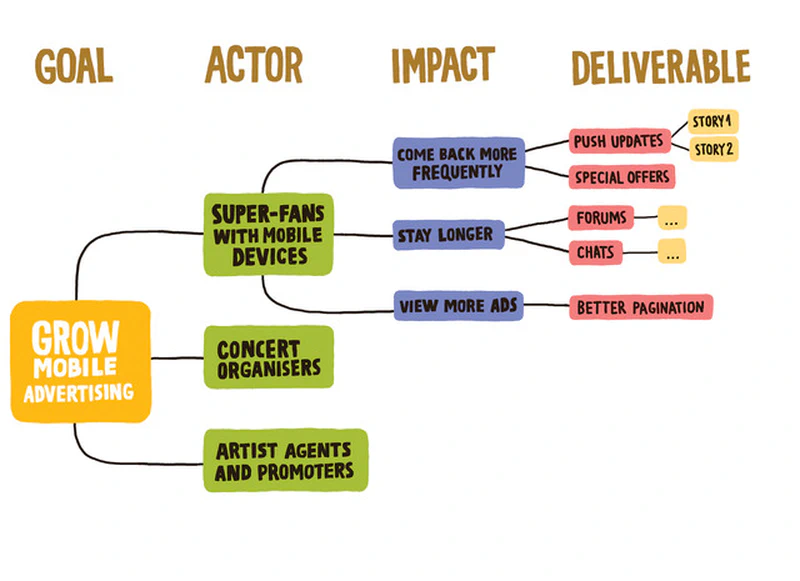
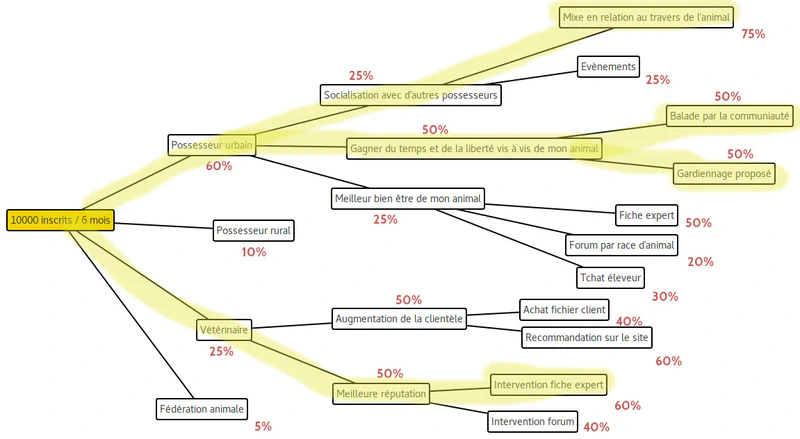
Strategy Map
ps: agile42 exhausts me with their copyright on obvious things.
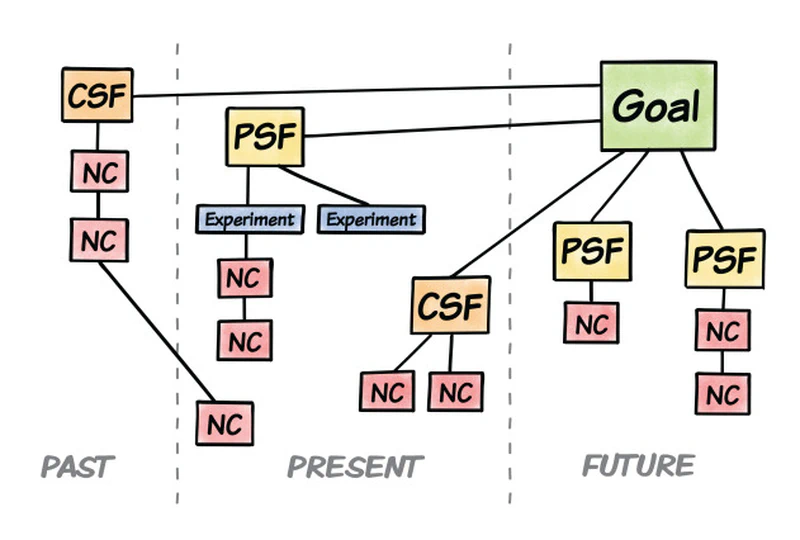
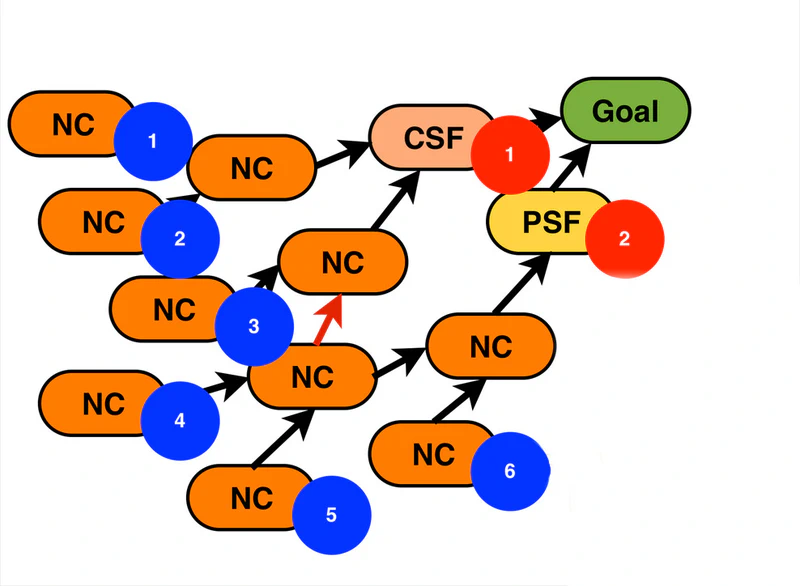
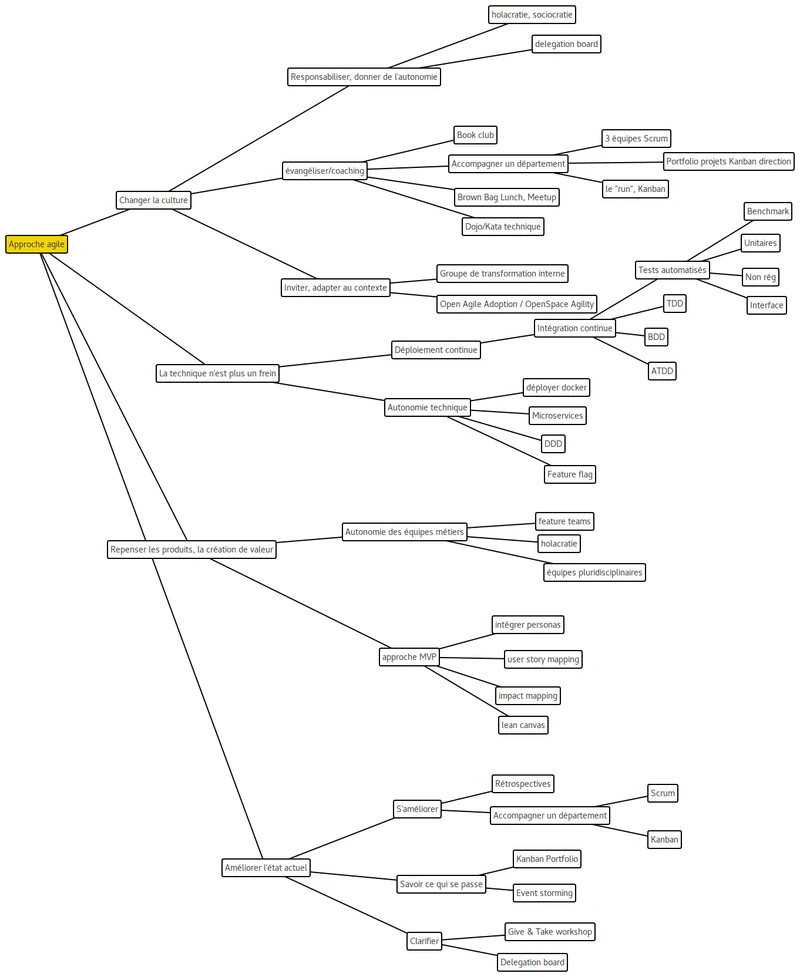
We innovate
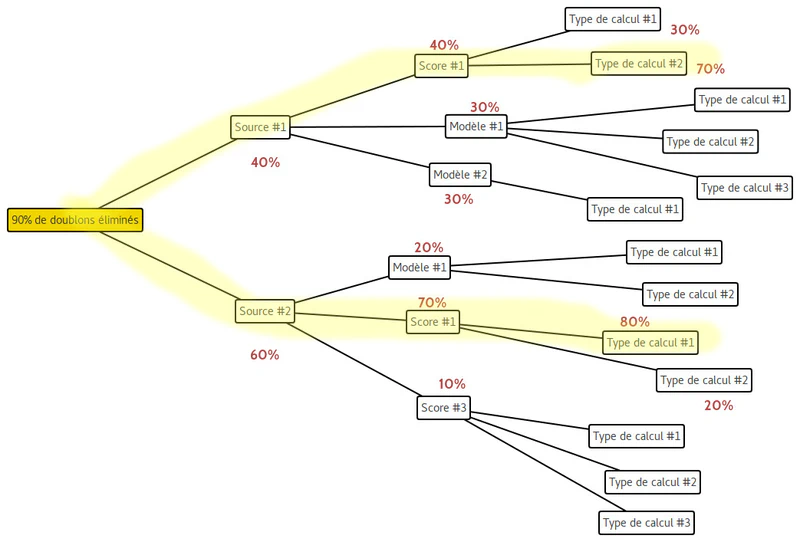
Shall we have fun trying to succeed at our lockdown?
Workshop during the meetup.